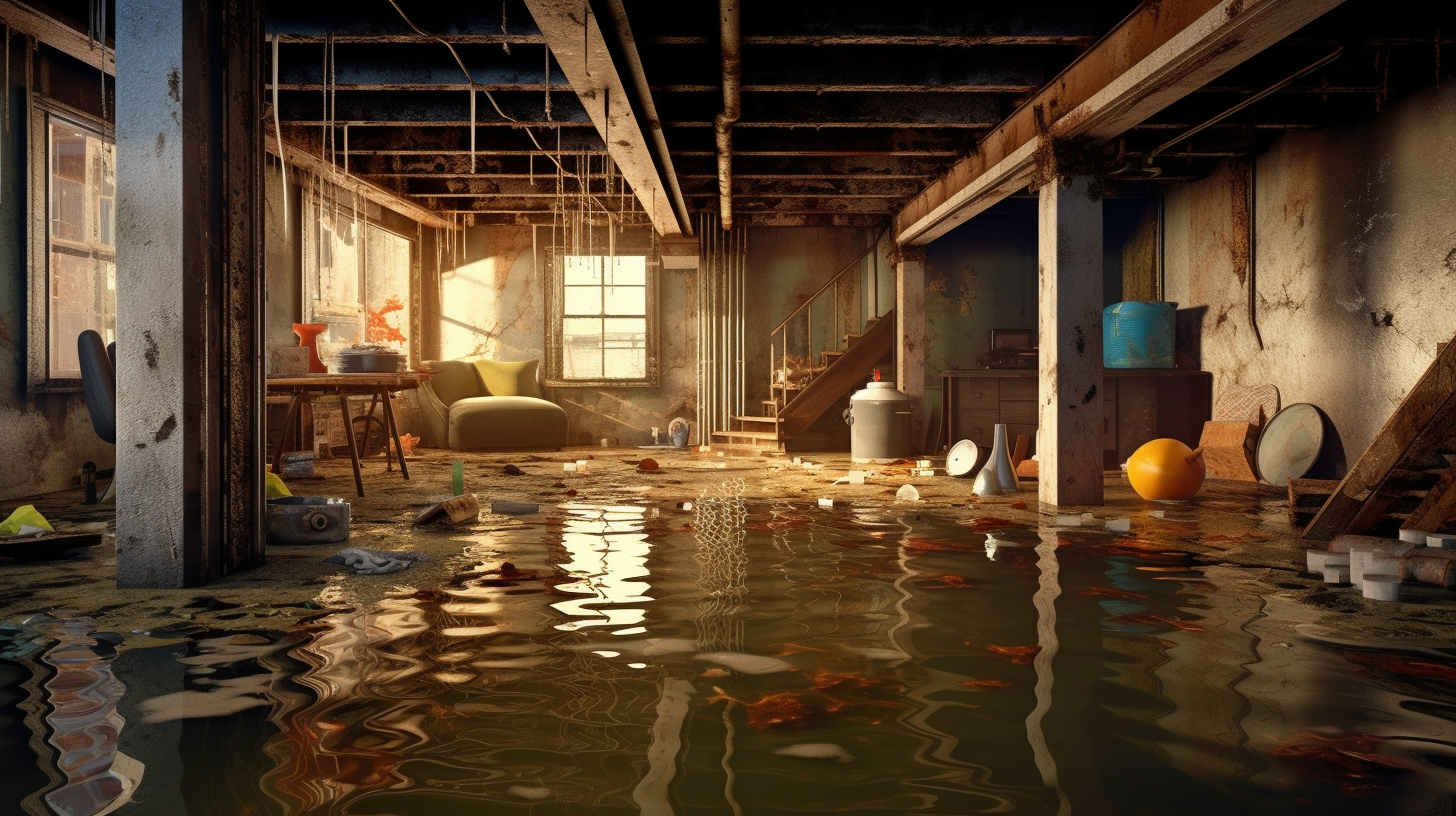In cold climates, managing moisture is a critical aspect of protecting a building’s structural integrity and ensuring energy efficiency. Vapor barriers play an essential role in preventing moisture and condensation from penetrating walls, floors, and roofs. Without a proper vapor barrier, warm indoor air can rise and condense on cold surfaces within the building envelope, leading to a buildup of moisture. Over time, this can result in serious issues such as mold growth, rotting wood, and compromised insulation. In extreme cases, unchecked moisture can even weaken the structural components of a home. Installing an effective vapor barrier in cold climates helps prevent these problems by controlling the movement of moisture and maintaining a dry, stable environment within the building.
Why Vapor Barriers Are Essential in Cold Climates
Controlling Condensation and Moisture Buildup
In cold climates, condensation occurs when warm, moist indoor air rises and comes into contact with cold surfaces, such as exterior walls or the underside of a roof. When this air cools, it releases moisture in the form of condensation, which can get trapped within walls or insulation, leading to significant problems.
Here are some key consequences of moisture buildup in cold climates:
Mold and Mildew Growth: When insulation and wood framing become damp, they create the perfect conditions for mold and mildew growth. This not only damages building materials but can also affect indoor air quality, leading to potential health issues.
Insulation Damage: Wet insulation loses its R-value, or thermal resistance, making it less effective at regulating heat. Moisture compromises insulation’s ability to keep the home warm, leading to increased energy consumption.
Structural Damage: Prolonged exposure to moisture can rot wood framing, weaken drywall, and corrode metal components. Over time, this can lead to serious structural damage, compromising the overall integrity of the building.
Preventing Heat Loss
Vapor barriers are critical in maintaining energy efficiency in cold climates by keeping moisture out of insulation. When moisture infiltrates insulation, it reduces its ability to resist heat transfer, making your home more susceptible to heat loss.
Dry insulation retains heat more effectively, which is crucial for homes in cold climates where maintaining warmth is a priority. By preventing moisture from entering the insulation, vapor barriers help homes retain heat, keeping them warmer for longer periods.
Reduced energy costs: By keeping insulation dry and fully functional, vapor barriers help reduce the workload on heating systems, ultimately lowering energy consumption and saving on heating costs. In cold climates, where heating bills can be significant, vapor barriers play a crucial role in reducing energy expenses.
Best Practices for Vapor Barrier Placement in Cold Climates
Where to Install the Vapor Barrier
Interior Side (Warm Side):
In cold climates, it is crucial to place the vapor barrier on the warm side of the insulation, typically on the interior walls or ceilings of a building. This positioning prevents moisture-laden indoor air from reaching the cold outer layers of the wall or roof assembly, where it would condense and potentially cause mold, mildew, or structural damage. By stopping warm air from entering the insulation, the vapor barrier ensures that moisture is kept out of the building envelope, maintaining the integrity and performance of both the insulation and the structural components.
Exterior Side Considerations:
In cold climates, placing a vapor barrier on the exterior side of the insulation is generally not recommended. Doing so can trap moisture inside the wall assembly, as any vapor that does make its way into the cavity will have no way to escape. This can lead to condensation buildup, resulting in insulation damage and even structural rot over time. Therefore, it’s best to avoid exterior-side vapor barriers in cold regions to ensure proper moisture management.
Key Areas for Vapor Barrier Installation
Proper vapor barrier placement is critical in certain areas of a home to ensure comprehensive moisture protection in cold climates:
Walls:
Installing vapor barriers on the inside walls helps block moisture from entering the insulation cavities, where condensation could otherwise lead to mold growth or insulation degradation.
Roofs/Attics:
Vapor barriers should be installed beneath the roof insulation to prevent warm air from escaping into the attic space. This reduces the risk of condensation buildup on the roof deck, which can lead to mold, mildew, and structural damage in the attic.
Crawlspaces and Basements:
In cold climates, vapor barriers are essential for controlling ground moisture. Installing a vapor barrier on the floor of crawlspaces or under slab foundations helps prevent moisture from rising through the foundation, protecting both the structural elements and any insulation from moisture-related damage.
Choosing the Right Vapor Barrier for Cold Climates
Vapor Barrier Permeability Ratings
In cold climates, permeability is a key factor when choosing a vapor barrier. Permeability refers to the material’s ability to allow moisture vapor to pass through, and it is measured in perms. Lower perm ratings indicate lower permeability, meaning less moisture can pass through the barrier.
Low-Permeability Barriers (Class I): For cold climates, Class I vapor barriers are highly recommended because they have low permeability, effectively blocking moisture movement. Materials like polyethylene sheeting (with perm ratings below 0.1) are ideal for preventing condensation and moisture buildup, which is crucial in keeping insulation dry and maintaining the structural integrity of the building. These barriers provide robust protection against moisture migration from the interior to the exterior, where cold surfaces can lead to condensation.
Recommended Vapor Barrier Materials for Cold Climates
The right vapor barrier material is essential to ensure that your home remains dry and energy-efficient in cold climates. Here are some of the best materials:
Polyethylene (6 to 20 mil thick):
Polyethylene sheeting is the most common and effective vapor barrier for cold climates. Available in thicknesses ranging from 6 to 20 mils, it offers excellent impermeability, making it highly effective at blocking moisture. Thicker polyethylene (10 to 20 mils) is particularly recommended for areas with high moisture exposure or heavy-duty applications, ensuring long-term durability and protection.
Foil-backed Gypsum Board:
For certain areas like walls, foil-backed gypsum board can serve as an effective vapor barrier. The foil layer provides a low-permeability barrier, reflecting heat while blocking moisture, making it a suitable option for interior walls in cold climates.
Kraft-faced Insulation:
Kraft-faced insulation comes with an additional vapor barrier layer attached to the insulation. While not as impermeable as polyethylene sheeting, it can provide adequate moisture control when combined with other vapor barrier materials, offering extra protection in walls or attic spaces.
Compliance with Building Codes
When choosing a vapor barrier, it’s important to ensure it complies with local building codes. Failure to adhere to these regulations can lead to issues with inspections or potential long-term damage due to improper moisture management.
Verify regional requirements for vapor barrier materials and placement, as climate zones can impact which types of vapor barriers are allowed or required.
Ensure the vapor barrier meets permeability standards for your specific climate zone. In colder climates, this typically means selecting low-permeability materials (Class I) to prevent condensation and moisture damage.
By following these guidelines, you can select the right vapor barrier that ensures long-lasting protection against moisture in cold climates, while also complying with local regulations.
Installation Best Practices for Vapor Barriers in Cold Climates
Proper Sealing and Overlapping Techniques
To ensure your vapor barrier is effective in cold climates, proper sealing and overlapping are critical steps in the installation process:
Sealing: All edges, seams, and penetrations of the vapor barrier should be sealed with vapor barrier-specific tapes or adhesives. These materials are designed to maintain a strong, airtight seal, preventing moisture and air from bypassing the barrier. It is essential to ensure that all joints and seams are thoroughly sealed to avoid any gaps where moisture could penetrate.
Overlapping: Vapor barrier sheets should be overlapped by 6 to 12 inches at seams to provide complete coverage and prevent any gaps that could allow moisture to escape. The overlap ensures that even if one sheet shifts slightly during installation, the adjoining sheet will still provide protection.
Addressing Penetrations and Openings
Properly sealing penetrations and openings is essential for preventing moisture and air leakage, especially in areas where pipes, ducts, or other elements pass through the vapor barrier.
Sealing around penetrations: Electrical outlets, windows, pipes, and HVAC ducts that pass through the vapor barrier can create weak points. It's crucial to carefully seal these areas using caulking or spray foam insulation. These materials help create a tight seal around small gaps, preventing air and moisture from entering the wall cavity.
Use caulking or spray foam insulation: For small gaps or irregular openings, caulking or spray foam insulation is highly effective at filling in the gaps, ensuring that no air or moisture can penetrate through these vulnerable areas. This step is especially important around windows and doors where air leakage is common.
Avoiding Double Vapor Barriers
In cold climates, it’s important to avoid installing vapor barriers on both the interior and exterior sides of a wall, as this can lead to moisture being trapped inside the wall cavity.
Risks of double vapor barriers: When a vapor barrier is placed on both the interior (warm side) and exterior (cold side) of a wall, moisture can become trapped between the two layers, leading to condensation inside the wall. This trapped moisture can cause mold growth, insulation damage, and even structural deterioration over time.
Install on the warm side only: In cold climates, vapor barriers should be installed on the interior (warm side) of the insulation to prevent moisture-laden air from entering the wall cavity and reaching colder surfaces where condensation can form. Avoid placing vapor barriers on the exterior side to allow moisture to escape naturally, preventing it from becoming trapped.
Common Mistakes to Avoid When Installing Vapor Barriers in Cold Climates
Improper Placement of the Vapor Barrier
Correct placement of the vapor barrier is critical for preventing moisture buildup in cold climates. Here are some common placement mistakes to avoid:
Installing on the exterior side of the insulation: In cold climates, placing the vapor barrier on the exterior (cold side) of the insulation can trap moisture inside the wall cavity. This leads to condensation, mold growth, and damage to the building materials.
Failing to place the barrier on the warm side: The vapor barrier should always be installed on the warm side (interior) of the insulation. If the barrier is not correctly positioned, moisture from the indoor air can penetrate the insulation and condense when it reaches colder surfaces, reducing the effectiveness of the insulation and leading to long-term moisture problems.
Using Inappropriate Materials
Selecting the right vapor barrier material is essential to ensure proper protection in cold climates. Here’s why using the wrong material can cause issues:
Using high-permeability barriers (Class II or III): Vapor barriers with higher permeability, such as Class II or Class III, may allow too much moisture to pass through. In cold climates, where condensation is a significant concern, these barriers are often insufficient to prevent moisture migration. Low-permeability barriers (Class I), such as polyethylene sheeting, are more appropriate because they effectively block moisture from reaching the insulation and cold surfaces.
Failing to Properly Seal Seams and Edges
Proper sealing of seams and edges is crucial for maintaining the vapor barrier’s integrity. Common mistakes include:
Gaps or poorly sealed seams: If seams between vapor barrier sheets are not properly sealed, moisture-laden air can bypass the barrier. Even small gaps can lead to significant moisture infiltration, reducing the effectiveness of the vapor barrier and leading to condensation inside walls or roofs.
Inadequate sealing at edges: Failing to seal the edges of the vapor barrier, especially around openings like windows, doors, or where the barrier meets the foundation, can create weak points where moisture can enter. Ensuring that all seams and edges are securely sealed with vapor barrier-specific tapes or adhesives is key to effective moisture control.
FAQs
Contact Trench Guys Today!
Trench Guys will do everything we can to ensure your experience with us is excellent.
Request A FREE Estimate
Request a Free Estimate Form
Checkout Recent Post
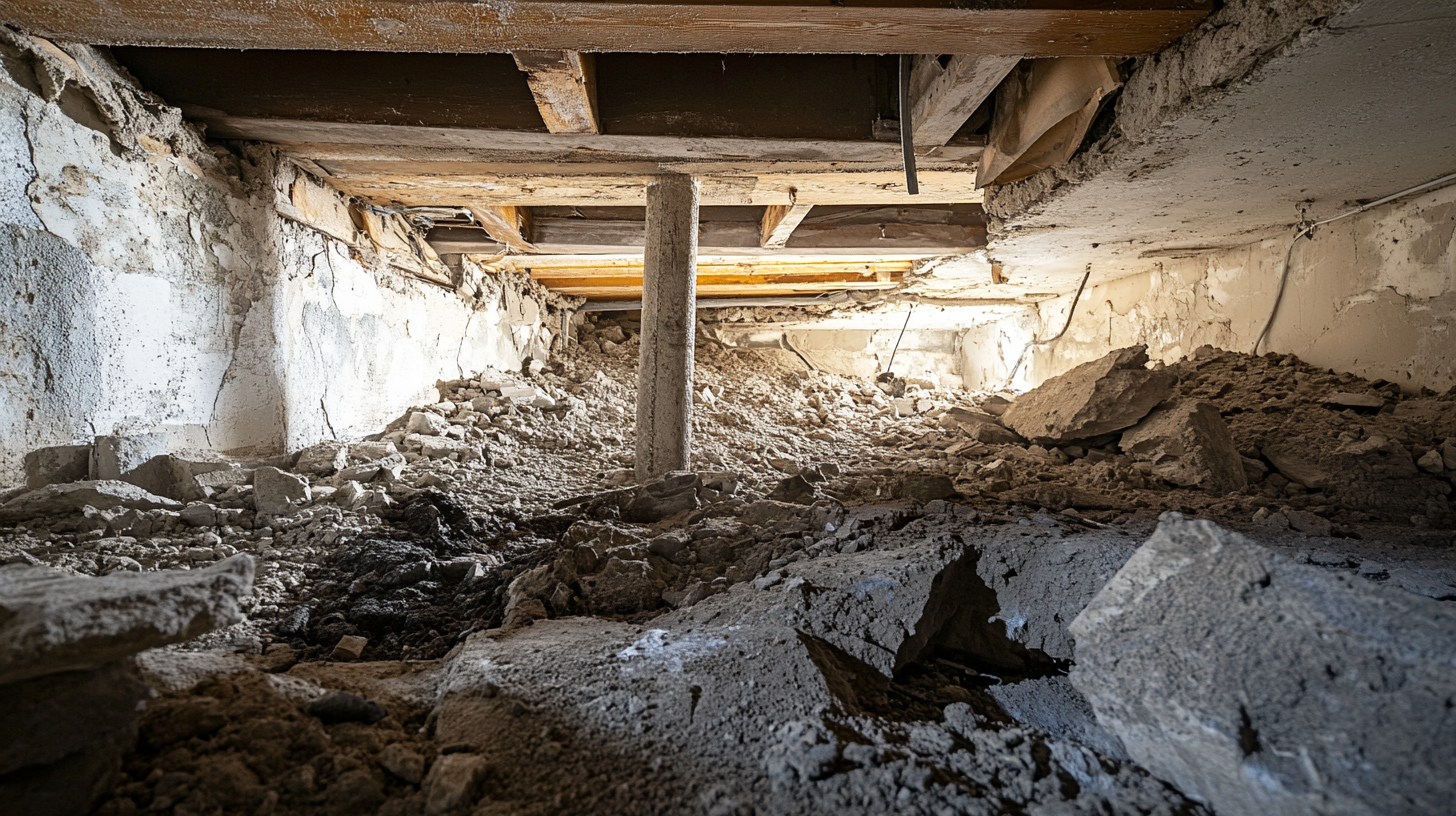
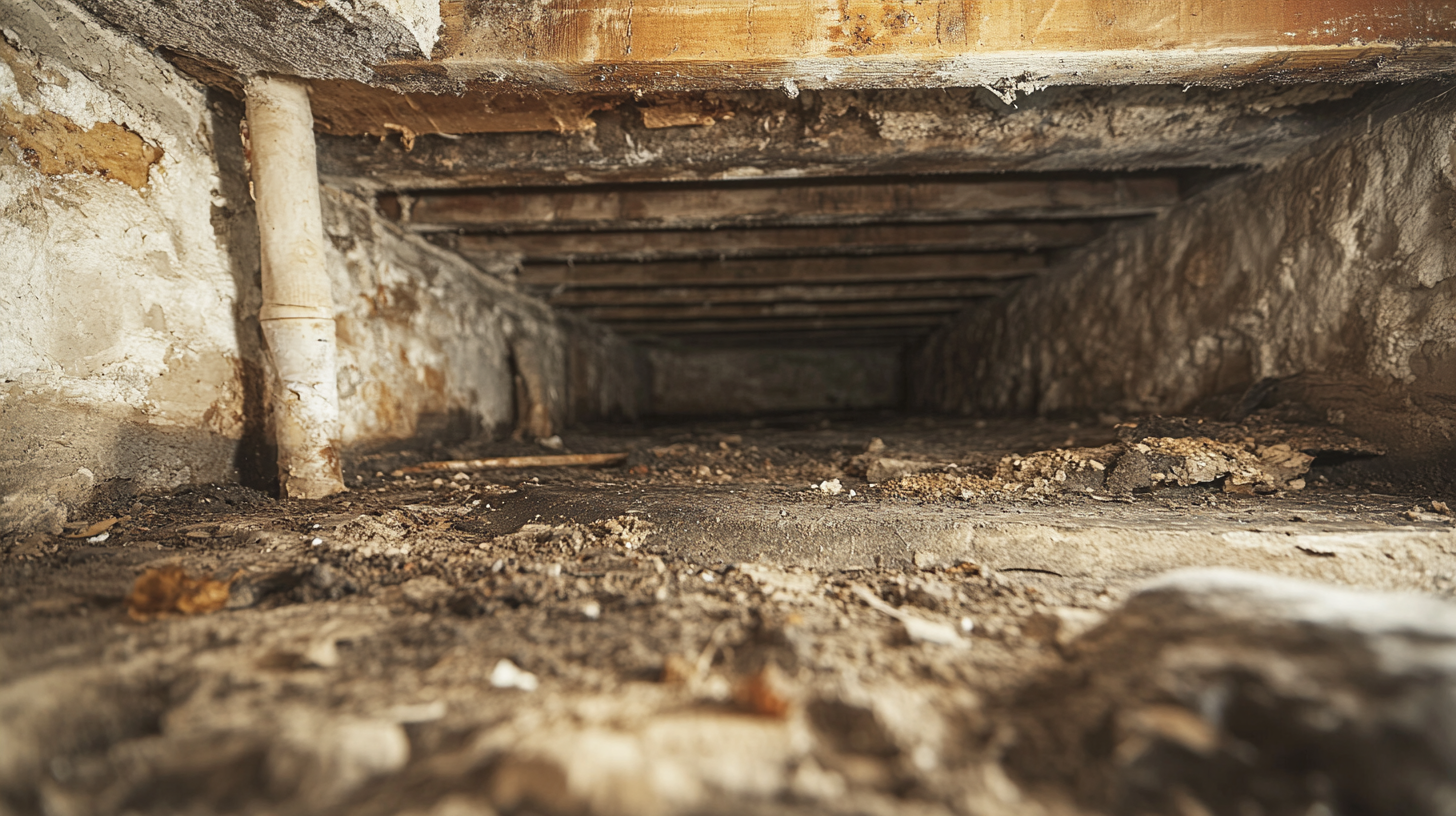
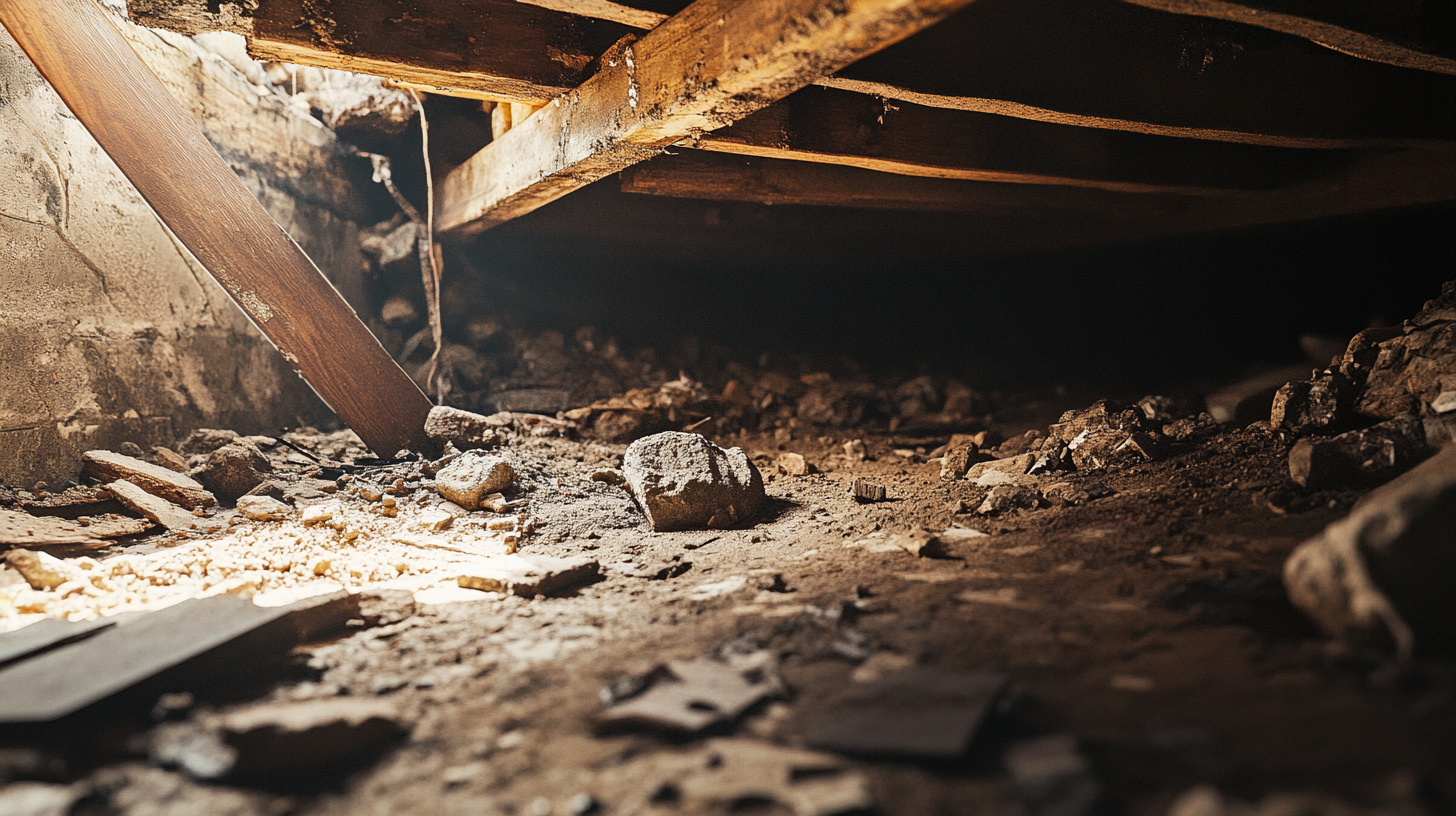
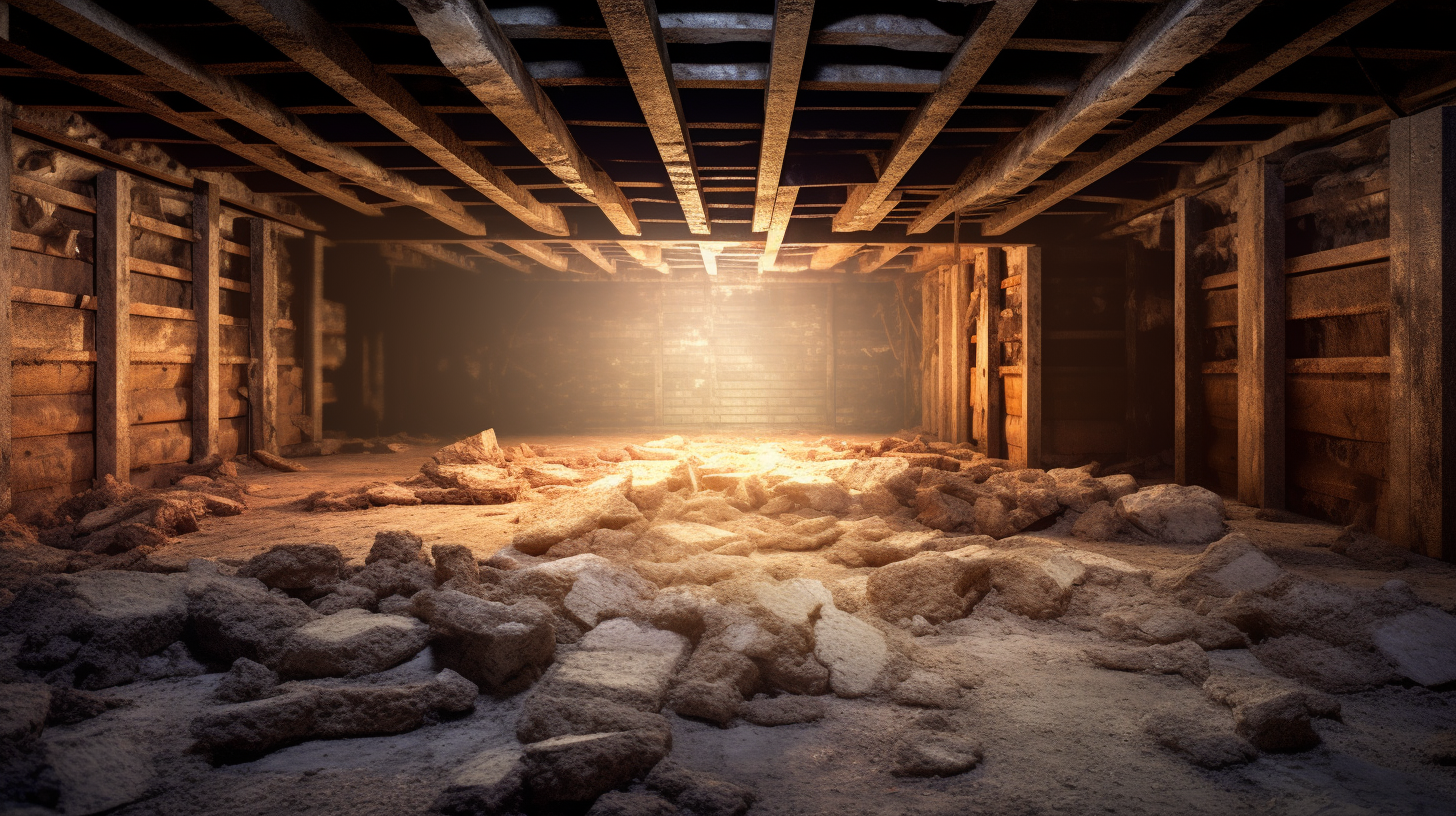
Got a Question? We’re Here to Help.
You can arrange an appointment or make an enquiry by phone or email, orget in touch to us via our contact form.


